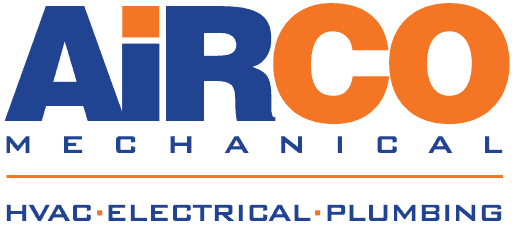Common Odor Issues with High Efficiency HVAC Units & How to Prevent Them
February 27, 2015

Causes of Odors in High Efficiency HVAC Units
- Bacteria and microorganisms: Bacteria and microorganisms that grow on your HVAC system are usually the most common sources of bad odors.
- Debris in the ductwork: Different sorts of debris in your ductwork and on your equipment may cause odors, especially when heated.
- Food or other materials in the vents: Food and other items dropped into your system’s vents can decay and often produce odors. If other strong-smelling substances, like cleaners or solvents, get into the vents or are used near your return air registers, these smells can also be distributed throughout your house.
- Animals and animal waste: A dead mouse, bird, or other tiny animal in your ductwork can result in very unpleasant smells. Animal waste can also contribute to bad odors.
Preventing Odors in High Efficiency HVAC Units
- Change the filters: Any odors trapped in the air filters can travel into your home. To stop this from happening, put in fresh filters.
- Clean the coils: Have preventive maintenance performed and always include a thorough cleaning of your evaporator coils. Duct cleaning may also be an option if there’s any foul-smelling materials in your ducts.
- Apply a growth inhibitor: You can spread your coils, drip pans and other system surfaces with a growth inhibitor that stops the spread of bacteria.
Call us today for more information about resolving odor problems with high efficiency HVAC units.
